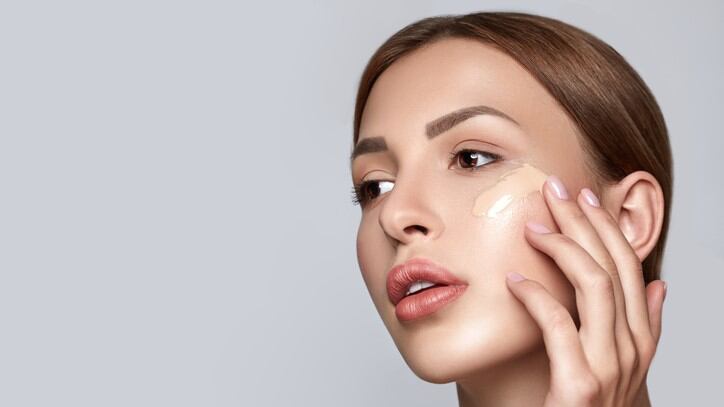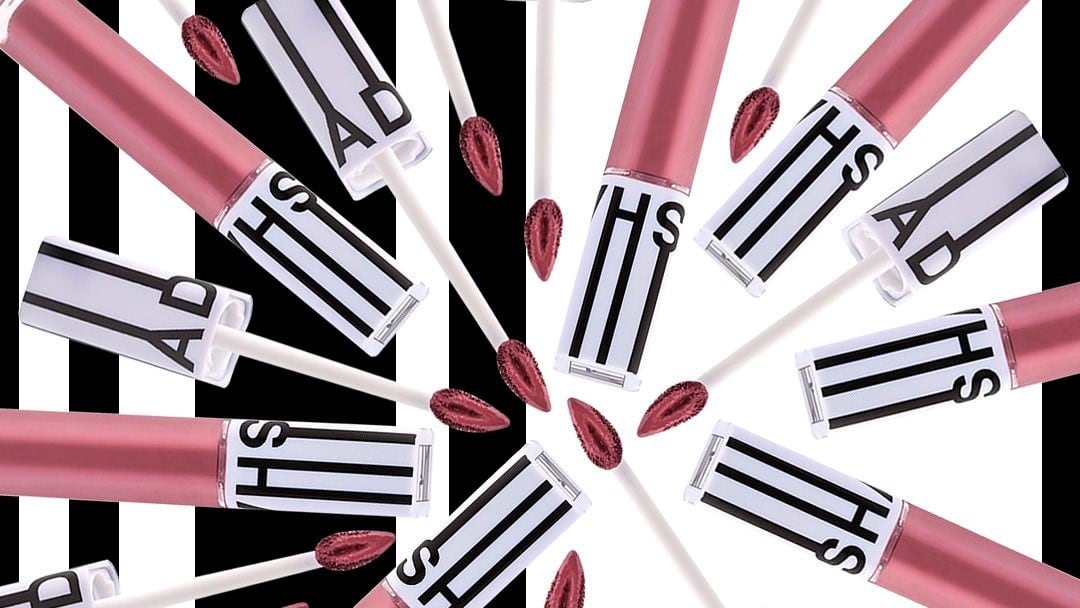The Pola Orbis Holdings subsidiary first presented this research at the 31st International Federation of Societies of Cosmetic Chemists (IFSCC) conference held in October.
Pola Chemicals deputy senior research scientist, Kazuki Nakayama told CosmeticsDesign-Asia that the researchers set out to investigate why pigmentation spots appear where they do.
“Many studies about pigmentation have been conducted so far, however, some unclarified things still remain in pigmentation research. We focused on the mystery of where spots appear. We anticipated we can reveal the unknown cause of spots by investigating it – and we did.”
Nakayama said the team conducted a survey among Japanese, Caucasian, and African American subjects to determine where most people experienced pigmentation spots and concluded it was the cheek region.
According to the company, research on pigmentation focused on the cells and mechanisms that cause the production of melanin pigments.
This time, the researchers zeroed in on the nerves under the skin and examined its relationship with pigmentation spots.
The team conducted research on the cheek structure using the immunolabeling-enabled 3D-imaging of solvent-cleared organs (iDISCO) technique.
“To clarify the distribution of intracutaneous nerve fibres in the face, we used the tissue clearing method, iDISCO, which is recently used in the neuroscience field. By using this method, we clarified relationships of intracutaneous nerve fibres, places of pigmentation and melanocytes three-dimensionally,” said Nakayama.
Link between nerves and melanocytes
It was observed that there were more pigmentation spots on areas of the skin where nerves come in close contact with melanocytes.
It was hypothesised that nerves come to this contact and stimulates melanocytes and causes it to produce melanin pigments, darkening the skin.
“When the density of intracutaneous nerve fibres is high, the contact between melanocytes and nerves frequently occurs, and nerves could induce the activation of melanocytes through the contact sites like neural transmission,” Nakayama explained.
The team came to a conclusion that pigmentation is likely to form in the cheek, compared to the forehead or chin area because of the high nerve density it the area.
The researchers believe this study has unravelled a long-standing mystery surrounding age spots and can contribute to their prevention.
“It is thought that the reason why it was difficult to improve the spots with conventional care is that the action of nerves was not taken into consideration,” said Nakayama.
She added: “We believe that it is possible to prevent the pigmentation by blocking neuronal signals specifically from intracutaneous nerve fibres to melanocytes. We also think it is possible to prevent the pigmentation which appears even if you’re careful to protect from UV rays.”
The company expects to apply this research to future products and services of the Pola Orbis Group in the future.
“We will further investigate the detail mechanisms of direct interaction between intracutaneous nerve fibres and melanocytes, and we will realise novel cosmetics for the pigmentation by considering the effects of intracutaneous nerves,” said Nakayama.




